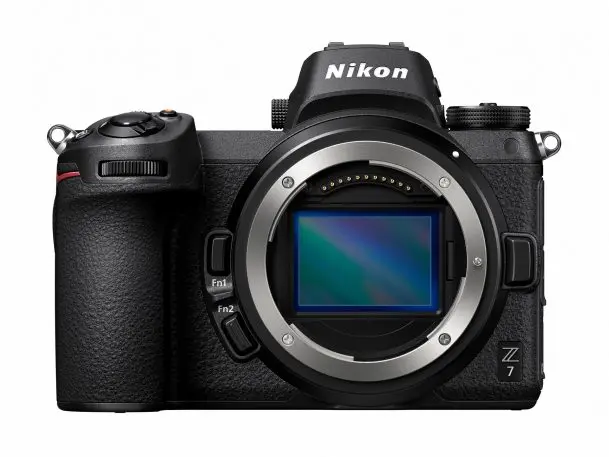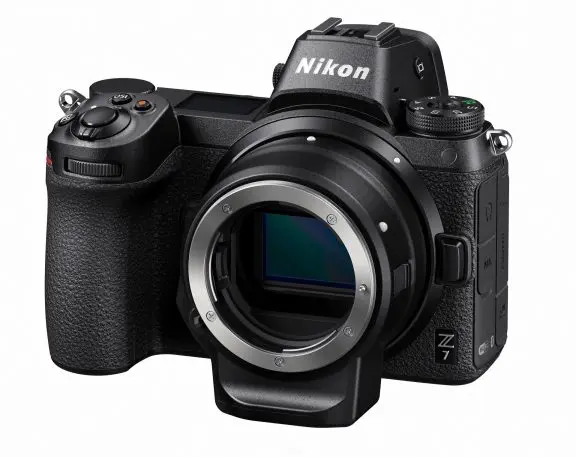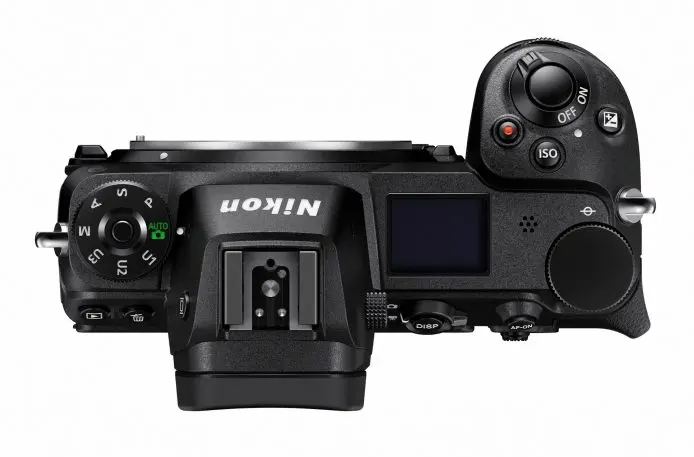Nikon and Canon have been synonymous with high-quality cameras for decades. But about five years ago, Sony’s imaging arm started a rapid ascent among serious hobbyists and even some pro photographers. Sony succeeded by committing heresy: It basically scaled up point-and-shoot cameras, giving them bigger image sensors and interchangeable lenses, but dispensing with the mirror that single-lens reflex cameras–digital models and, before them, film ones–use to bounce a preview image into an optical viewfinder. That’s allowed smaller, lighter Sony models to compete on image quality with their bulkier, more conventional DSLR competitors.
Now Sony is beating Nikon and even longtime top dog Canon in sales of interchangeable-lens cameras in the U.S.–not yet on the total number of units, but on the average price per camera sold. In July, the average price for a Sony mirrorless camera was $1,040, versus $831 for a Nikon DSLR and $793 for a Canon DSLR, according to data from the NPD Group. In July, Sony even beat both Canon and Nikon in total revenue for interchangeable-lens cameras in the U.S.
In other words, people are paying a premium for Sony’s technology. And with smartphones having killed off cheaper camera categories, the premium market is almost all that’s left.

This isn’t Nikon’s first dalliance with mirrorless tech. In 2011, it came out with a line of consumer cameras called Nikon 1: smallish models with a little collection of little lenses. They took pretty good photos, but were toys compared to even Nikon’s entry-level DSLRs. As a market force, the Nikon 1 was “not particularly earth-shattering,” says NPD analyst Stephen Baker. Nikon ended up discontinuing the line.
Why mirrorless matters
What’s the big deal about taking out the mirror? Originally, doing away with it made the camera smaller, but also crummier. The first mirrorless models, from Olympus and Panasonic, had smallish sensors, lethargic autofocus systems, and either no viewfinder or a lousy, pixelated digital eyepiece. You pretty much had to use the LCD screen on the back of the camera to eyeball a shot–as distasteful to a photographer as a Ford Pinto to Mario Andretti.
But several camera makers, especially Sony, gradually changed all that. Mirrorless models started sporting bigger and bigger imaging chips capable of capturing excellent photos, and gained built-in autofocus sensors that made the cameras at least as fast as DLSRs. The true turning point came in October 2013 with Sony’s A7 model. It featured the giant “full-frame” image sensor mandatory in true pro cameras. And its eyepiece used a crystal-clear OLED screen that rivaled a conventional optical viewfinder.

The new models’ sensors are built with a technology called backside illumination–an expensive rejiggering of the chip’s wiring that allows more light to reach the pixels, improving image quality in dim conditions. Sony’s newish a7R II, offers the same tech. This may not be coincidence. Sony, a huge maker of imaging sensors for everything from smartphones to Hollywood-strength video cameras, supplies plenty of sensors to other companies. Nikon says only that its Z camera sensors were custom-made for Nikon, but not by whom.
The Z6 and Z7 also include one of the best benefits of mirrorless technology over DSLRs: five-axis image stabilization. Their sensors are mounted on a frame that moves to counteract five kinds of camera shake: up and down, side to side, tilting up and down (aka pitch), tilting side-to side (yaw), and rotating left or right (roll). (DLSRs are limited to using lenses that compensate for only the first two types of shake.) Available in many other mirrorless models, five-axis image stabilization is helpful for taking photos at slow shutter speeds and fantastic for shooting handheld video. The Z6 and Z7, by the way, each shoot 4K/Ultra-HD video as well as slow-motion HD video.

With the high-end camera market pretty stagnant, even a best-case scenario for Nikon’s new cameras will probably be to retain share rather than grow it, says Baker. DSLRs will continue to lose ground to mirrorless models, with the latter growing by a few percentage points every year. “I’m not willing to say that [DSLRs] are on their way out,” says Baker, at least in the next few years. Then he adds that there’s every chance something new and innovative could eventually do to mirrorless what mirrorless is doing to DSLRs: “In 10 years, everything is on its way out.”
Recognize your brand’s excellence by applying to this year’s Brands That Matter Awards before the early-rate deadline, May 3.
